When L.L. Barkat mentioned in the first Reading in the Wild column that she kept a reading notebook, I imagined a personal home library straight out of Beauty and the Beast.
L.L. reads a lot of books, but she doesn’t buy a lot of books — she uses her local library. “The only books I buy are the absolute ones that I’m returning to over and over and over again,” she said. “I have a small house, and most of my books are in the attic, which is not a happy place for books because I’m separated from them.”
Perhaps that separation is why she takes such time and care with each book. What she reads finds its way to her reading notebook.
It is an actual notebook. Her current one is pink and bronze with a maze design and a heavy vinyl cover. To keep track of the books featured in each reading notebook, L.L. handwrites a table of contents.
“The only thing that will go in this notebook is notes from my reading,” she said. “In this notebook, number 1 says, ‘Continued from beige and gold notebook.’”
For the most part, L.L. uses her reading notebook for nonfiction. For her, fiction is a place to play.
“Stories for me have different purposes. For me, fiction is like finger painting, and nonfiction would be more like oil painting,” she said.
Keeping her reading notebook is a three-step exercise.
“With a pencil, while I read, when I come to a sentence I like, I put a little check mark in the margin,” L.L. said. “When I’m all done reading the book, I start right at the beginning and look for those check marks, and I reread those sections — what was it that I loved here? — and I copy those into my notebook.”
The notebook’s pages look like the pages in a regular spiral notebook. In the college-ruled section, she writes the quote. In the left-hand margin she writes the page number where she found the quote.
The practice is based on something she picked up from a college professor who suggested that while students take notes, they write the page number where the information could be found in the left-hand margin. The idea was to make creating a bibliography easier. L.L. revamped the practice a couple of years ago, when she realized her reading notes were scattered in different notebooks.
“I’d be in conversation with somebody, and I’d be like, ‘In Brain Rules,’ wait … where is that quote? I know I put it in a notebook somewhere.’ I need to dedicate reading notebooks so I can find what I want when I want,” she said. “Now that notebook has become a narrative of what I was seeing.”
In the third step, after copying relevant quote and page number into the notebook, Barkat may or may not write more.
“If I have commentary, I write that in little brackets. It’s always in brackets so I can see my thoughts,” she said.
Sometimes she has the thought as she’s actually writing the quote. If that happens, she’ll jot it in the notebook, in those little brackets. And sometimes that thought will be a writing idea — maybe something for her to write at Edutopia, or at Jane Friedman’s, or perhaps at Tweetspeak.
“One of them is Reading in the Wild, by the way, on page 115 [of the reading notebook]. You see what happened there. I wrote this in my notebook, and now we’re doing a column [at Tweetspeak],” she said.
Because the act of keeping the reading notebook has led to so much published writing, Barkat recommends the practice to all writers.
“I start to see patterns. If I scan the margins, I can see the genesis of certain ideas that felt like they were so original or just came to me, but I look back and say, ‘Oh, wait a minute, a year ago in my reading notebook, look what I was writing in the margins. This was happening for a whole year, and I didn’t really know it was happening, and then it reached its tipping point in my brain and became An Idea.’”
Those ideas often come from putting one book next to another — a poetry book next to a math book next to a business book next to a book about climate change.
“There’s a revolution in my notebook,” L.L. said.
We tend to think of revolutions as big things, perhaps with lots of fireworks. But often radical change happens slowly. Keeping a reading notebook helps Barkat create that change.
“We can be growing when we don’t know we’re growing. It can feel like nothing is going anywhere. We can feel down, and then you look back and say, ‘Wait a minute. Look at the momentum that was building for all these months — look at that!’ It can remind us that just as writing takes time, growth takes time,” she said. “We can be a little less hard on ourselves. It’s okay to be slower. I believe that as long as you are engaging life, you are growing.”
_______________
Start Your Own Reading Notebook!
You’ll need:
1) A notebook. Consider one with a heavy cover so it doesn’t fall apart.
2) A pencil or pen to write with. Part of the genius of this practice is writing in longhand so cross-fertilization can occur.
3) A book. Get thee to the library! Or choose one of the books off your beside table stack and start reading.
The Process:
1) Put a small pencil check mark next to quotes or ideas you like, as you read the book. You can also put check marks next to books that are referenced or recommended in the text; this is a great book discovery tool to point you to future reads.
2) When you’re finished with the book, reread the check-marked material and copy the parts of it you like, plus any book titles you want to keep track of, into your reading notebook.
3) As you copy each part, add to the left-hand margin the page number where you found the quote or idea.
4) As you write, comment on the idea in brackets, if you like, before copying the next part.
5) Once you copy all the parts, go back and read the notes. In the left-hand margin, give a brief label to any especially intriguing quote or idea, for ease of pattern-finding later on. This can help you easily find grist for articles or life changes.
6) Erase all your pencil check marks from the book, if it’s a library book.
Photo by Mark Chinnick, Creative Commons, via Flickr. Post by Megan Willome, author of The Joy of Poetry.
“Megan Willome’s The Joy of Poetry is not a long book, but it took me longer to read than I expected, because I kept stopping to savor poems and passages, to make note of books mentioned, and to compare Willome’s journey into poetry to my own. The book is many things. An unpretentious, funny, and poignant memoir. A defense of poetry, a response to literature that has touched her life, and a manual on how to write poetry. It’s also the story of a daughter who loses her mother to cancer. The author links these things into a narrative much like that of a novel. I loved this book. As soon as I finished, I began reading it again.”
—David Lee Garrison, author of Playing Bach in the D. C. Metro
- Perspective: The Two, The Only: Calvin and Hobbes - December 16, 2022
- Children’s Book Club: A Very Haunted Christmas - December 9, 2022
- By Heart: ‘The night is darkening round me’ by Emily Brontë - December 2, 2022
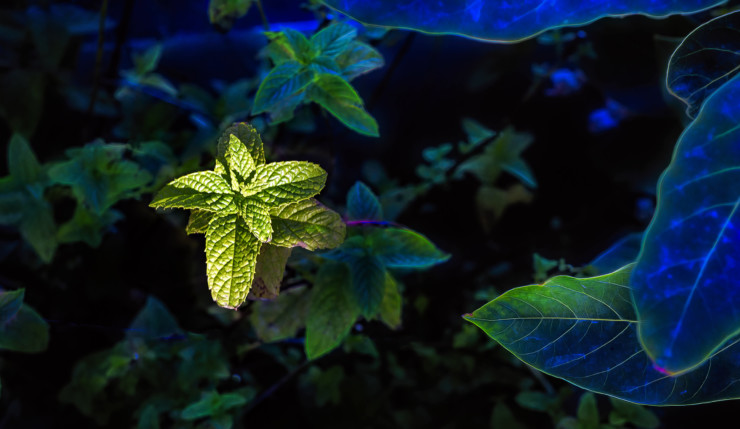
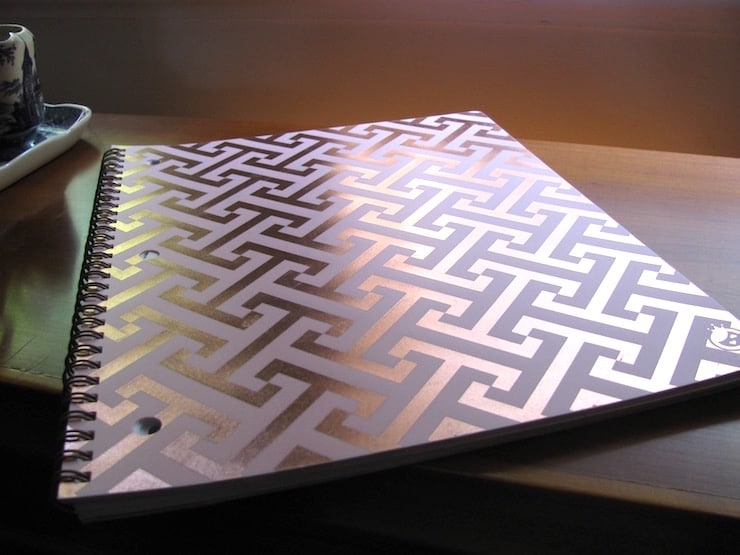
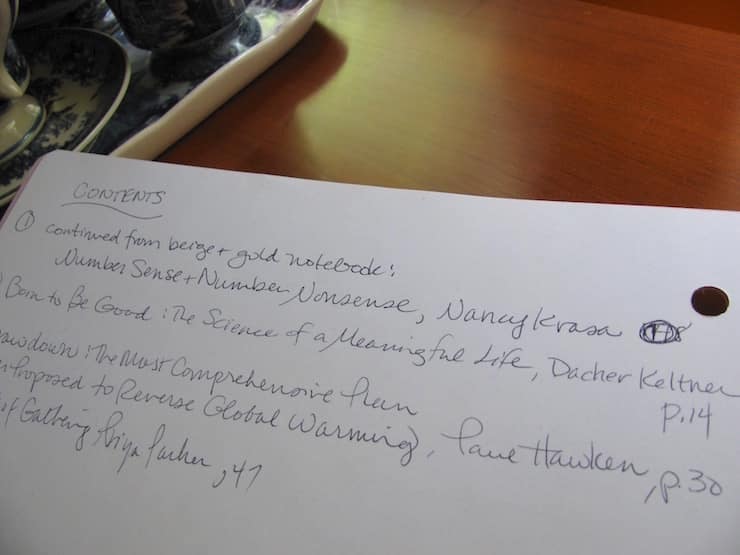
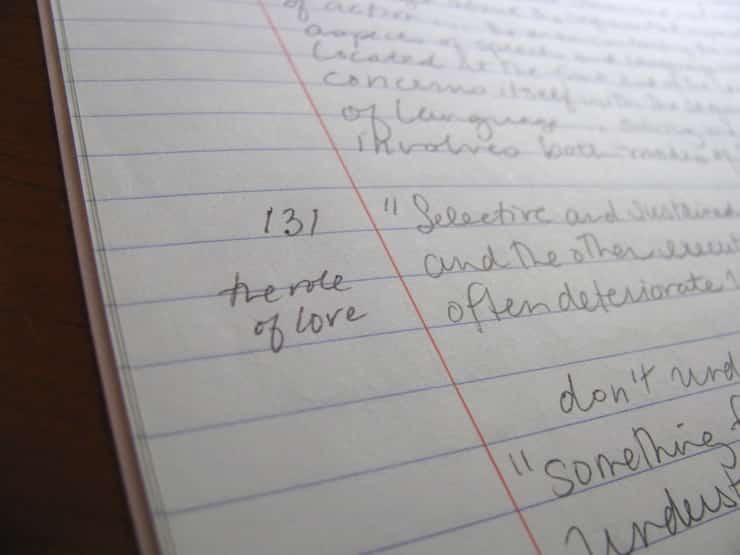
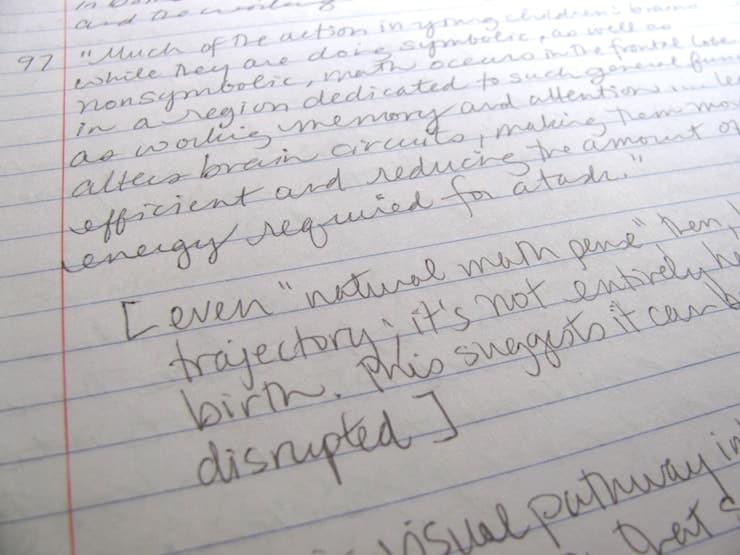
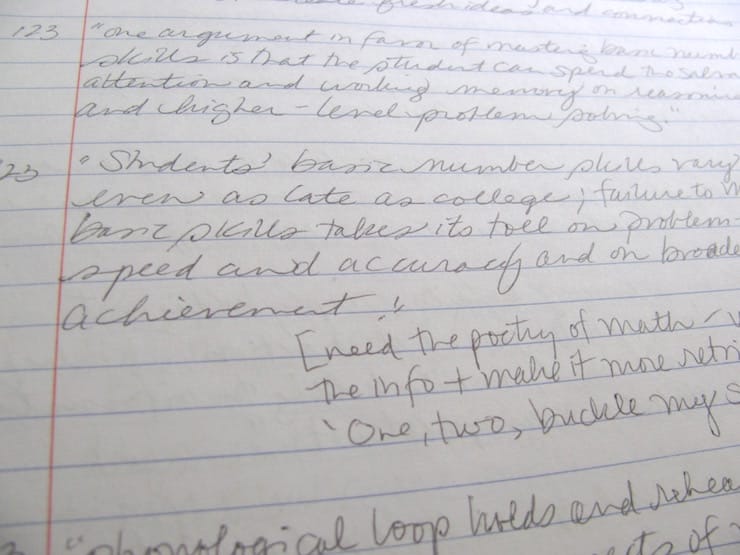
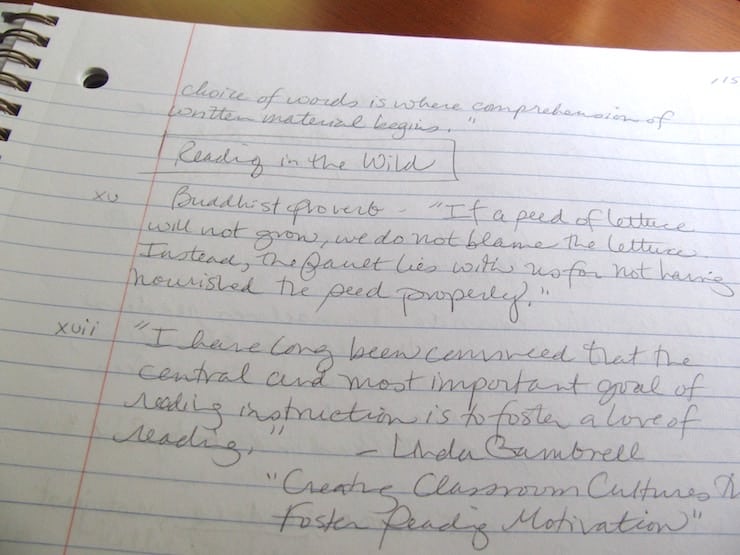
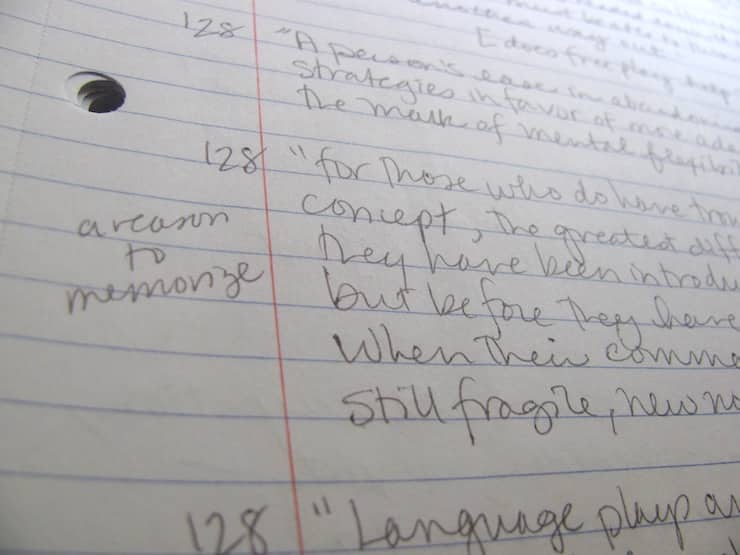
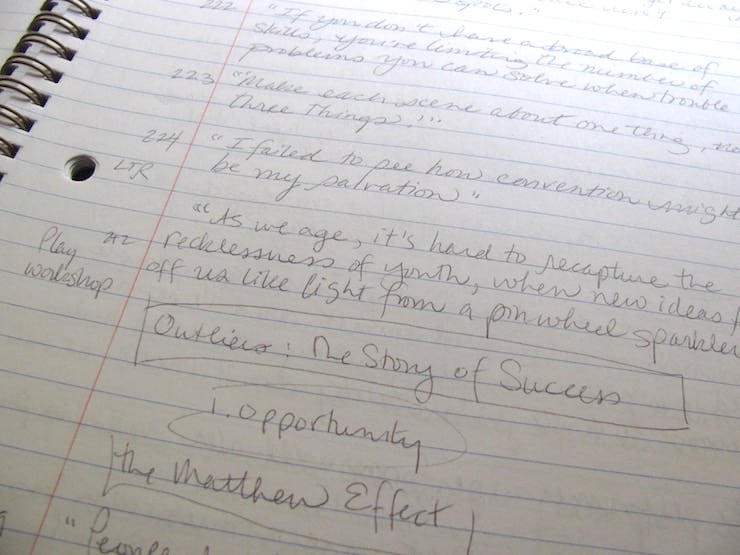
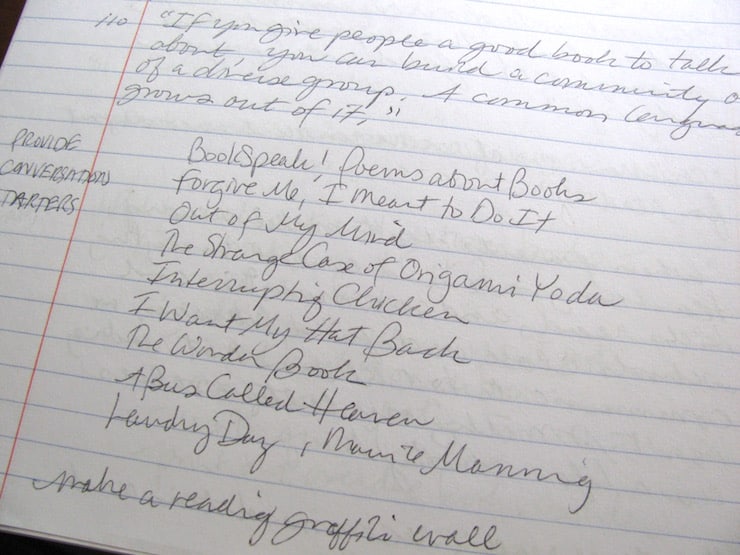

Sandra Heska King says
I’m still trying to find a rhythm with this–especially when I’m reading more than one book at a time. And I still tend to write in my books–and buy more books, so I’m sure D would be more than happy for me to stick to the library (which doesn’t always have what I want.) Also, I tend to return to a lot of my books. Right now I’ve got 4 stacks on the floor, each 1 foot high, with sticky notes flapping.
I keep trying to find the right kind of notebook I can stick with and can store. I’ve tended to try to stay away from the spiral notebooks cuz I snag myself, tend to rip out pages for other notes, and they don’t look as pretty on a shelf. But the price is right. 🙂 And I suppose I could store them in a file cabinet. Do you/how do you store them, Laura–and how long do you keep them?
I thought a bullet journal might work especially with multiple books going at once, but not so much. And they are a tad more expensive.
So I might just have to bite the bullet and snag a spiral. Maybe WHAT to write in is a hangup that’s keeping me from actually writing as much these days.
Laura Brown says
This time of year you can probably find those sewn-binding speckled composition books for cheap at back-to-school sales. Even full price, they’re often just a dollar.
Sandra Heska King says
Yes. I looked at those. Do they have side margins? I suppose one could draw one in.
Laura Brown says
They have side margins just like the spirals. Red line and everything. They don’t have the holes that would fit a 3-ring binder.
Sandra Heska King says
Got ’em. Two colors–Red for reading and black for poetry–like Megan’s binder. I might add a third for writing poetry. And ripping out sheets for notepaper won’t be as easy as from a spiral. And all those little uniform black spines on my bookshelf. Now I want to transcribe all the notes I’ve got in other notebooks.
This is a revelation and could be a revolution in my writing life.
Laura Brown says
The uniform black spines! Yes. If you want to get fancy, there’s a line called Decomposition Books. I probably shouldn’t tempt you, but the “Manatea” version has manatees serving tea.
https://www.amazon.com/Manatea-Decomposition-Book-Michael-Roger/dp/1401540589
Sandra Heska King says
Well, that was good for 10 minutes distraction! What fun. There’s an Everglades one, too–but it’s coil bound. If I manage to create a better habit with these I bought today (4 for 3.38) , maybe I’ll treat myself. 🙂
L.L. Barkat says
Sandra, I keep them indefinitely, and they are on the floor in the dining room right now. I really use them for nothing else (not even spare paper), so they stay pretty nice. 🙂
As for the more-than-one-book problem, it’s not really a problem if you wait until you are finished reading the whole book before you spend a few hours putting the notes into the reading notebook. I have so many books always going at one time, but I don’t put them into the notebook unless they are completely finished (and sometimes, completely finished is me recognizing that I’m not going to go past page 52; I’ve sliced and I’m ready to move on). It’s okay to be slow about this. Often, I pay a few library fines for the privilege of being slow ;-).
Sandra Heska says
Thanks! That I’ll-just-grab-a-piece-of-paper-to-jot-this-down thing is a problem for me. Maybe I’ll need a dedicated color, number the notebooks, and stamp them with a “Hands Off!”
Glynn says
I’m still trying to keep my head around the idea of keeping books in the attic. I’m imagining a conversation the books would be having.
“It’s cold up here, and dark,” said Pride and Prejudice.
“It’s colder up here than within my covers,” said The Call of the Wild.
“And it’s damp,” said The English Patient, shivering.
I like the idea of a reading journal. I keep a reading-writing-notetaking- and idea-occurs-and-I-need-to-write-it-down-before-I-forget-it journal. It’s been more than helpful, many times.
Sandra Heska says
Ha! “And if a hurricane comes, I’ll be gone with the wind. But I’ll worry about that tomorrow,” said Scarlett.
I think you are keeping the semblance of a bullet journal. Which in some ways makes life simpler.
L.L. Barkat says
Glynn, that’s so funny. I see a children’s book idea in it. 🙂
Reading journals are great, too. For me, the reading notebook helps keep a clean record of the books—which is just what I need in lieu of having the book handy. There’s probably no “best way,” and it probably comes more to what works for any particular reader or writer. I wish I could just own all the books and have them accessible right in the living room (oh, and Sara is always wishing for that Beauty and the Beast library Megan, amusingly, mentioned above!).
Donna Falcone says
Lol! Glynn!
Megan Willome says
Love it, Glynn!
I’m sure my books talk behind my back when I leave the room. But since mine are not in the attic, they have to hush more frequently than L.L.’s. I assume hers talk all day.
Donna Falcone says
Oh, how I feel this is a system that will really work for me… it will also cut down on the rainbow of post it notes sticking to pages and journals and, at times, my studio wall!
I agree- radical change can have (probably most often has) slow beginnings. Maybe that’s why it’s so much easier to be older than younger if one has a heart centered mind for changing the world.
Great quote: “There’s a revolution in my notebook,” L.L. said.
Megan Willome says
Donna, when she said that, and my fingers typed it out, I knew it would be the title and the focus of the whole piece.
I do hope this simple system works for you. But there’s always a place for colorful stickies!
Donna Falcone says
Lol always! Mostly I like this idea bc it will, possibly help me back to the words I love most in a book, and what the book said to me. Revolution can happen one check mark (or sticky note) at a time…
I was going to say my revolution won’t likely make its way to anyone other than myself, but it occurs to me that even a personal revolution has a place in the ripple effect.
Megan Willome says
Amen to that.
Maureen says
Sometimes, reading just becomes a poem in my Word file, as below (you don’t want to know how many files I have in Word but at least I don’t have to pack them. I have 40 file boxes of books to move next month, the majority poetry and art books. I don’t have an attic.) I do like quotes, and have a number of small, unruled, brown-covered notebooks of quotes and book titles I don’t want to forget and check off when I’ve read the books.
Reading ‘The Help’
Aibileen’s done raised seventeen
kids in Jackson, Mississippi. Not
a one her own. Not Minny’s
either. Minny keeps losing hers
to her sassy tongue — gets her in
trouble every time — and she has
to start over. Miss Skeeter aspires
to be a lot more than the help
she is. Her writing’s gonna take her
places no maid ever went before
in 1962, down South. Let her
introduce you to that Miss Hilly
and those other League ladies,
their white-gloved hands keeping
them a calculated distance away,
even from their own sweet babes
that Aibileen, Minny, Miss Skeeter,
an army of mothers just like them,
been trusted to bathe and dress
and sing some southern lullabies
to, all the night long. This help,
it works out. Just you don’t trust
them with the silver now, hear?
[Written quite a while ago.]
L.L. Barkat says
So delightful to have a poem from you, Maureen! I was just thinking yesterday that I miss seeing your poems in our comment boxes. 🙂
I like the idea of “Reading Poems,” as well as the act of ‘reading poems’ that most of us here engage in.
Sandra L King says
Love! The poem and the idea. And my word files are a mess.
Donna Falcone says
🙂 this poem is such fun! One of my favorite books… to read and to listen (the audible version is wonderfully done)!
Megan Willome says
Maureen, I love that you wrote a poem inspired by reading a book! That’s good, good, good stuff.
I also like to keep quotes from things I’ve read. Often I’ll write out the quote, then write my own commentary on it. It’s funny, I use brackets too.
Sandra Heska King says
I’ve always scribbled a cloud around my commentary. Brackets would take up less room. 🙂
Sandra L King says
Just came from the grocery store. They had composition books BOGO–so I bought two red for reading and two black for poetry maybe since I’m not doing a very good job of keeping up a binder like you do, Megan. So maybe I can copy or paste here. Maybe I need another color for writing them. Anyway–I’ll give this system a try and see if I can form a better habit.
Megan Willome says
Sandy, I think it’s important to find a system that works for you. And it’s also important to tweak it as life tweaks you. I’m with L.L.–I like to write everything in pencil. But if you get jazzed by writing in different colors for different notebooks, then go for it!
Debbie says
Great ideas! I purchased a binder a while back for a poems like Megan Willome suggested in her book. I haven’t started it yet though I have some poems marked to go into them. I like the reading notebook idea too. May go for the composition notebook kind. You can decopauge the front of those and make them reflect the books you read or your reading personality.
Megan Willome says
Debbie, I never thought of adding art to the front of a notebook. Just one more way to personalize the practice, whether it’s for poetry or books.